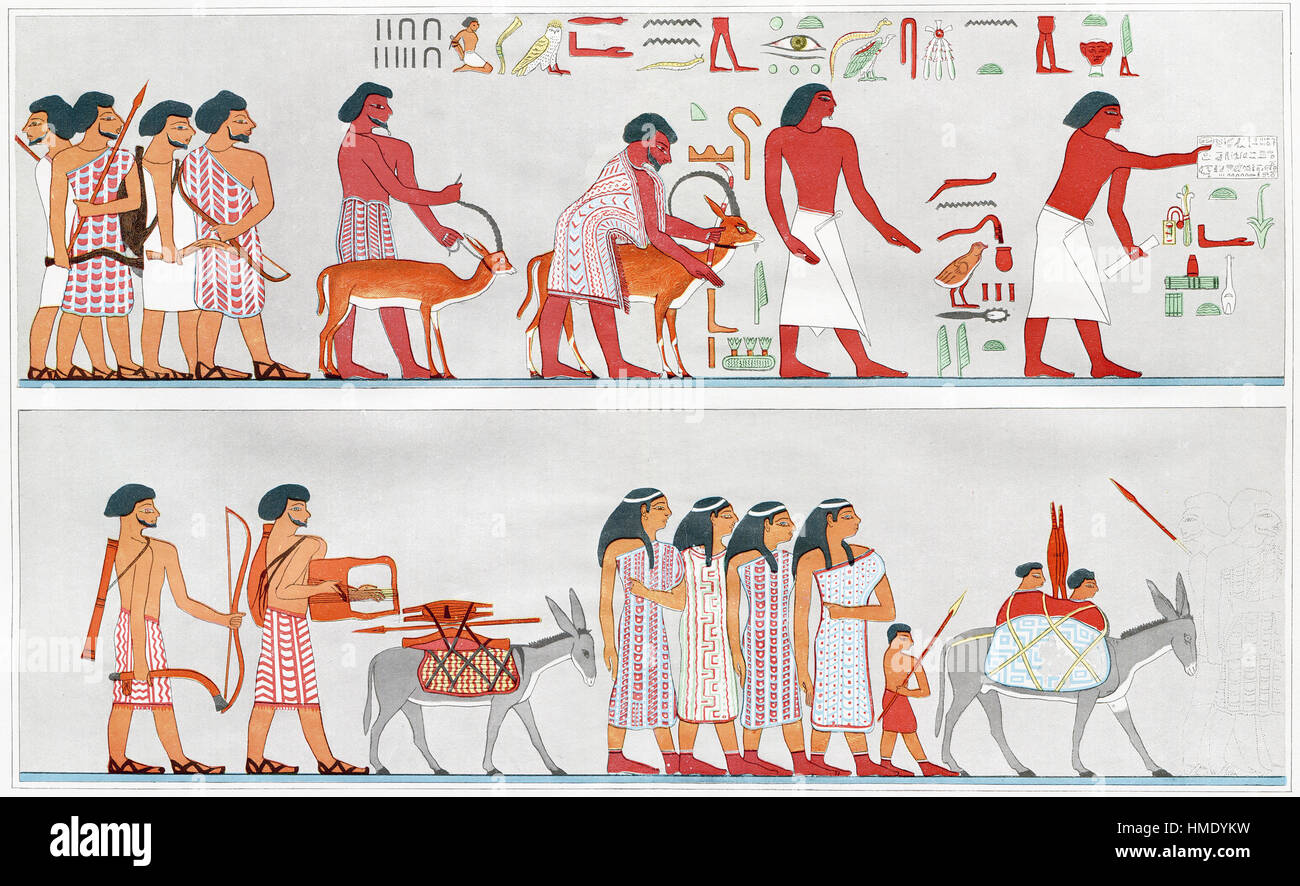Introduction

The ancient Egyptian civilization has long fascinated people around the world with its rich history, majestic pyramids, and mysterious pharaohs. However, behind the grandeur and mystique of this ancient culture lies a more intimate and relatable aspect of their society: family life. In this article, we will delve into the world of ancient Egyptian family life, exploring the social dynamics, roles, and relationships that defined their daily lives. We will also examine the various aspects of family life, including marriage, children, education, and social hierarchy.
The Structure of Ancient Egyptian Families
In ancient Egypt, the family was considered the basic unit of society. The typical family structure consisted of a husband, wife, and their children, with the husband being the head of the household. The extended family, including grandparents, aunts, uncles, and cousins, also played an important role in the social fabric of ancient Egyptian society. The family was responsible for passing down cultural traditions, social values, and economic responsibilities from one generation to the next.
[Image: Ancient Egyptian family scene, depicting a husband, wife, and children, with the husband shown as the head of the household]
Marriage and Family Life
Marriage in ancient Egypt was a sacred institution, and the union between a man and woman was seen as a way to ensure the continuation of the family line. The husband was expected to provide for his family, while the wife was responsible for managing the household and raising the children. Women in ancient Egypt enjoyed a relatively high degree of freedom and respect, with many owning property, engaging in trade, and participating in social and cultural activities.
[Image: Ancient Egyptian couple, with the wife shown managing the household and the husband providing for the family]
Children and Education
Children played a vital role in ancient Egyptian family life, with large families being the norm. Children were seen as a source of labor, with boys helping their fathers in the fields or in the family business, while girls assisted their mothers with household chores. Education was highly valued in ancient Egypt, with children from wealthy families attending school to learn reading, writing, and arithmetic. The education system was designed to prepare children for their future roles in society, with boys being trained for careers in the military, government, or priesthood.
[Image: Ancient Egyptian children, with boys shown attending school and girls helping with household chores]
Social Hierarchy and Family Life
Ancient Egyptian society was divided into a strict social hierarchy, with the pharaoh at the top and the peasants at the bottom. The social status of a family was determined by their wealth, occupation, and family connections. The wealthy elite enjoyed a life of luxury and privilege, with large estates, servants, and access to the best education and cultural activities. In contrast, the poor lived in humble conditions, with limited access to education, healthcare, and social mobility.
[Image: Ancient Egyptian social hierarchy, with the pharaoh at the top and the peasants at the bottom]
Family Roles and Relationships
In ancient Egyptian families, each member had a clearly defined role and responsibility. The father was the head of the household, responsible for providing for his family and making important decisions. The mother managed the household, raised the children, and oversaw the domestic servants. Children were expected to obey their parents and respect their elders, with the eldest son often inheriting the family business or property.
[Image: Ancient Egyptian family roles, with the father shown as the head of the household and the mother managing the household]
Social and Cultural Activities
Ancient Egyptian families enjoyed a rich cultural and social life, with many activities centered around the family and community. They would often gather for festivals, ceremonies, and celebrations, such as the annual flooding of the Nile, which marked the beginning of the new year. Music, dance, and storytelling were also popular pastimes, with families often gathering to listen to tales of the gods and goddesses.
[Image: Ancient Egyptian family gathering, with music, dance, and storytelling]
FAQ
- What was the typical family structure in ancient Egypt?
The typical family structure in ancient Egypt consisted of a husband, wife, and their children, with the husband being the head of the household. - What was the role of women in ancient Egyptian society?
Women in ancient Egypt enjoyed a relatively high degree of freedom and respect, with many owning property, engaging in trade, and participating in social and cultural activities. - How did ancient Egyptian families educate their children?
Children from wealthy families attended school to learn reading, writing, and arithmetic, while children from poorer families learned through apprenticeships and vocational training. - What was the social hierarchy like in ancient Egypt?
Ancient Egyptian society was divided into a strict social hierarchy, with the pharaoh at the top and the peasants at the bottom. - What were some popular social and cultural activities in ancient Egypt?
Ancient Egyptian families enjoyed a rich cultural and social life, with many activities centered around the family and community, such as festivals, ceremonies, and celebrations.
Conclusion
In conclusion, ancient Egyptian family life was a complex and multifaceted aspect of their society, with a rich history and culture that continues to fascinate us today. From the structure of their families to their social hierarchy and cultural activities, ancient Egyptians placed a strong emphasis on family and community. By examining the various aspects of ancient Egyptian family life, we can gain a deeper understanding and appreciation of this ancient civilization and its people. Whether you are an historian, anthropologist, or simply someone interested in learning more about ancient cultures, the study of ancient Egyptian family life is a rewarding and enriching experience that offers valuable insights into the human experience.
[Image: Ancient Egyptian family scene, depicting a husband, wife, and children, with the husband shown as the head of the household]
Note: The images accompanying this article are fictional and used for illustration purposes only.
Closure
Thus, we hope this article has provided valuable insights into Unveiling Ancient Egyptian Family Life: A Journey Through the Ages. We hope you find this article informative and beneficial. See you in our next article!


